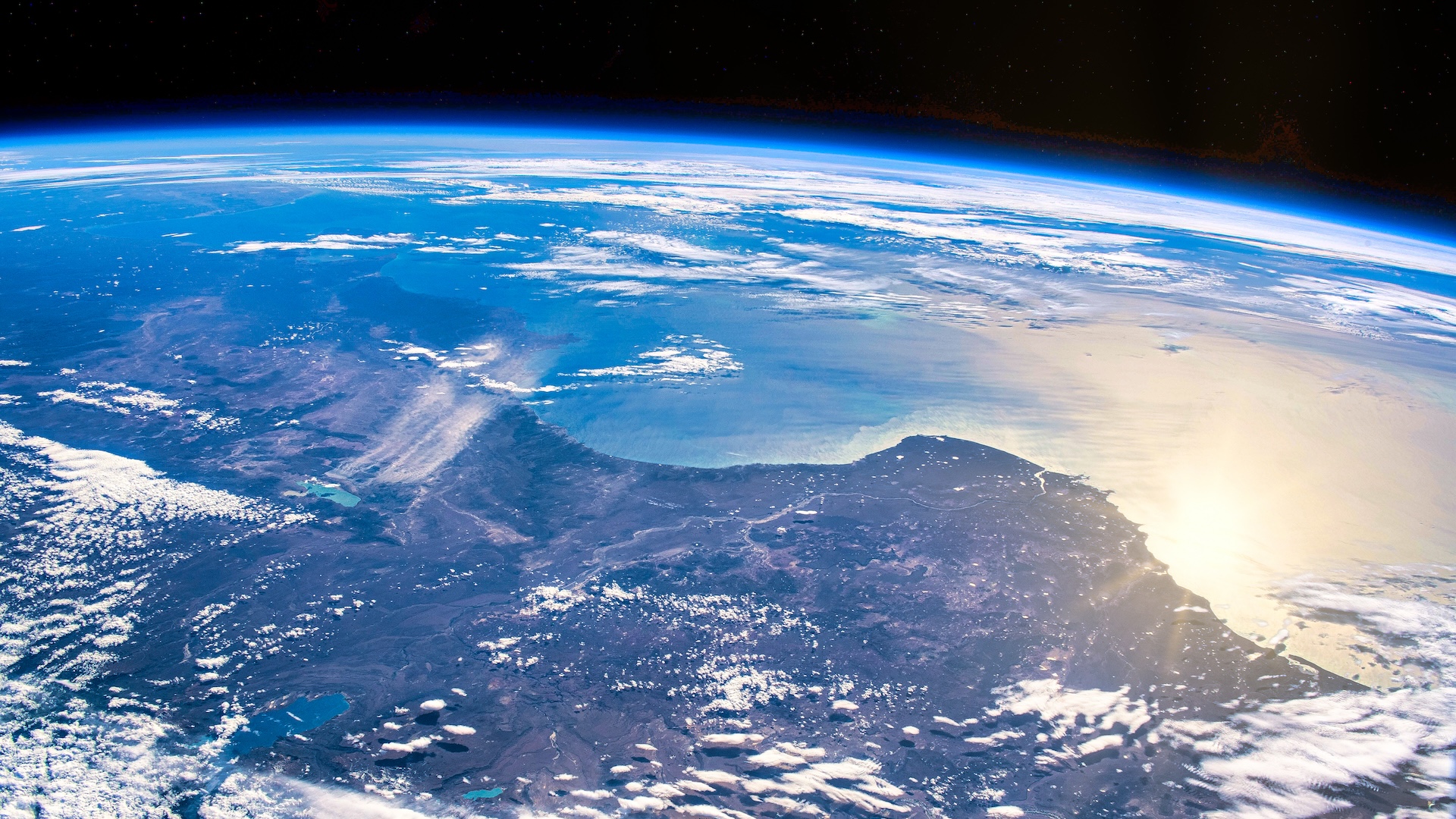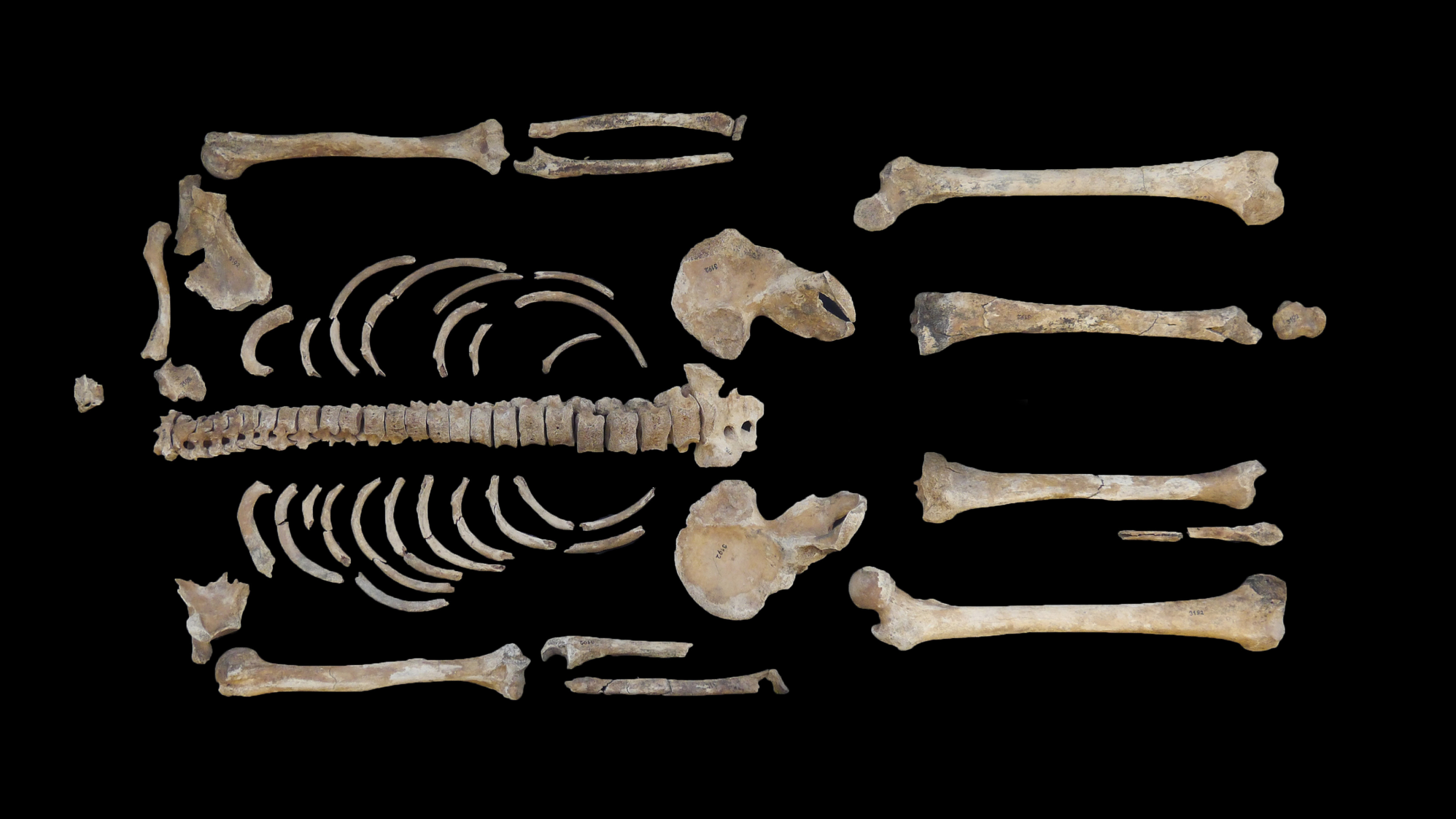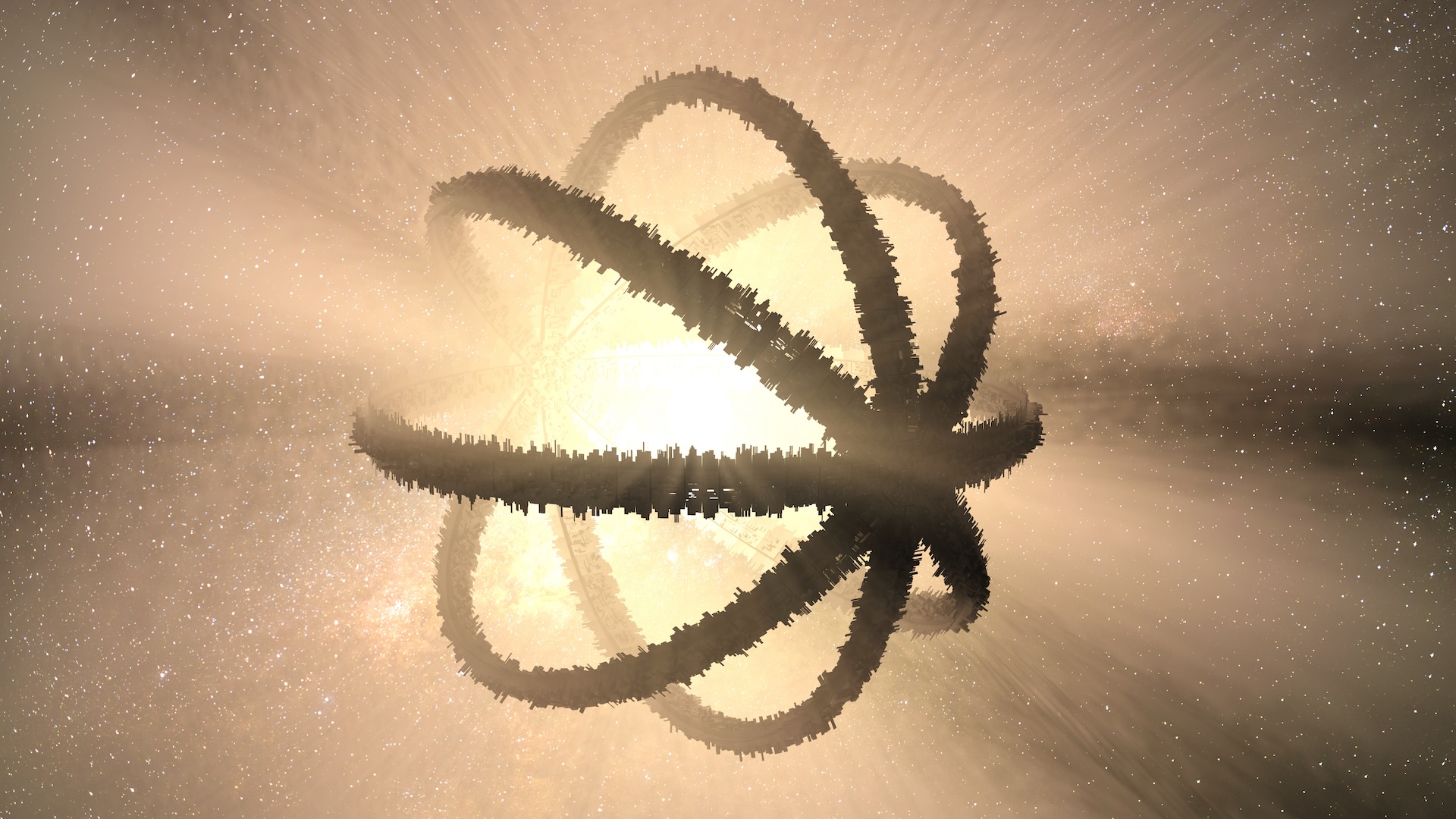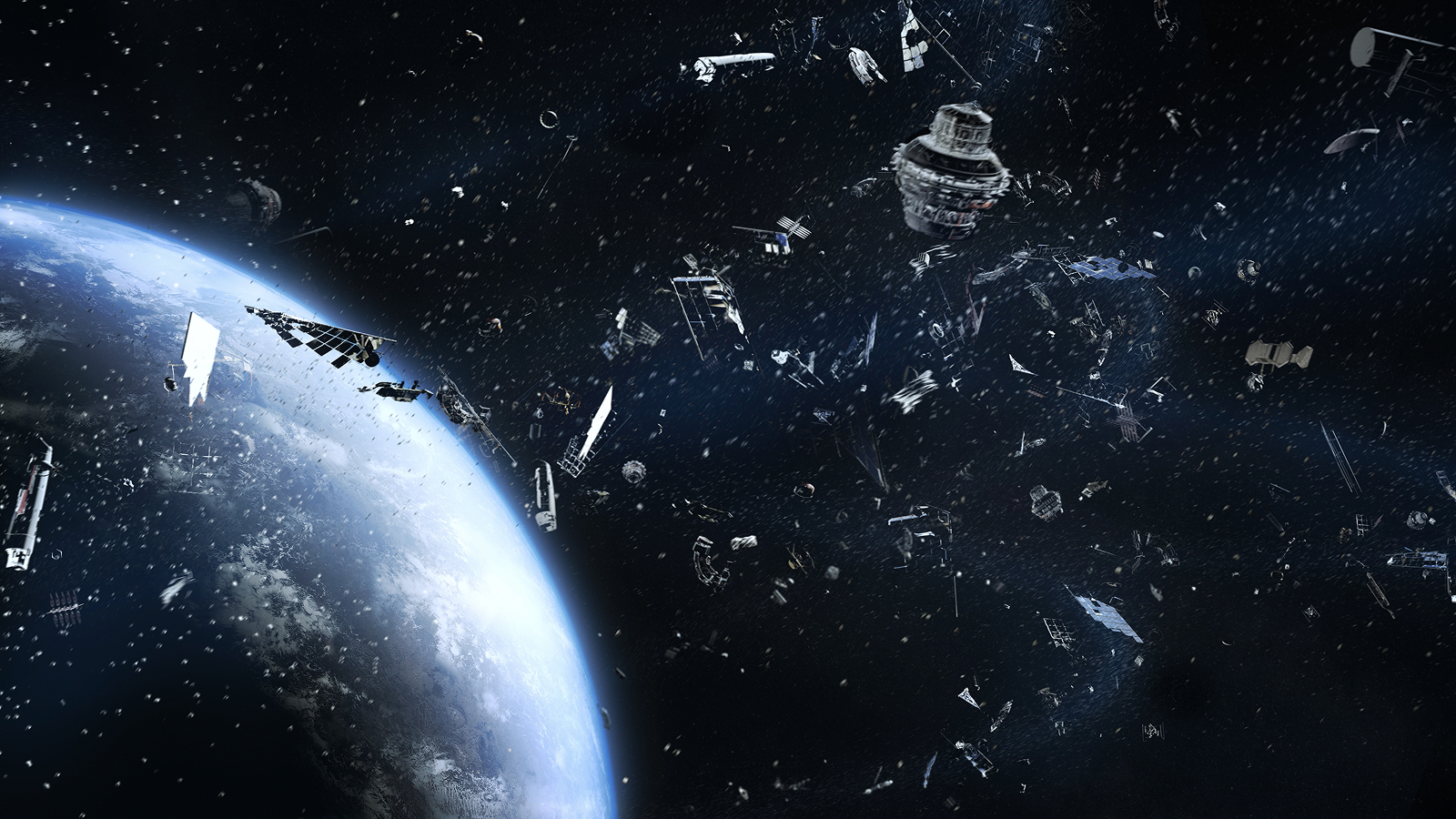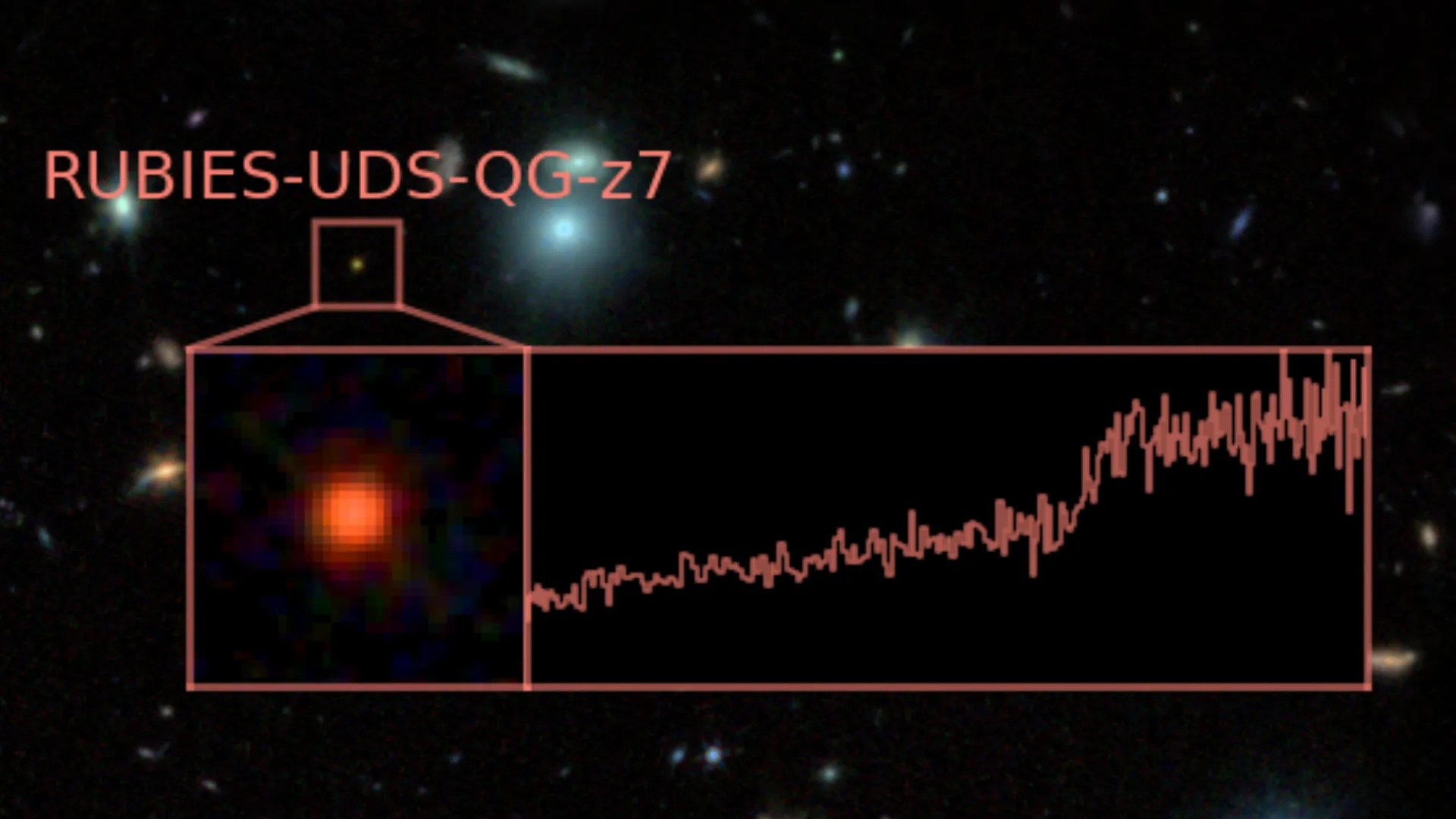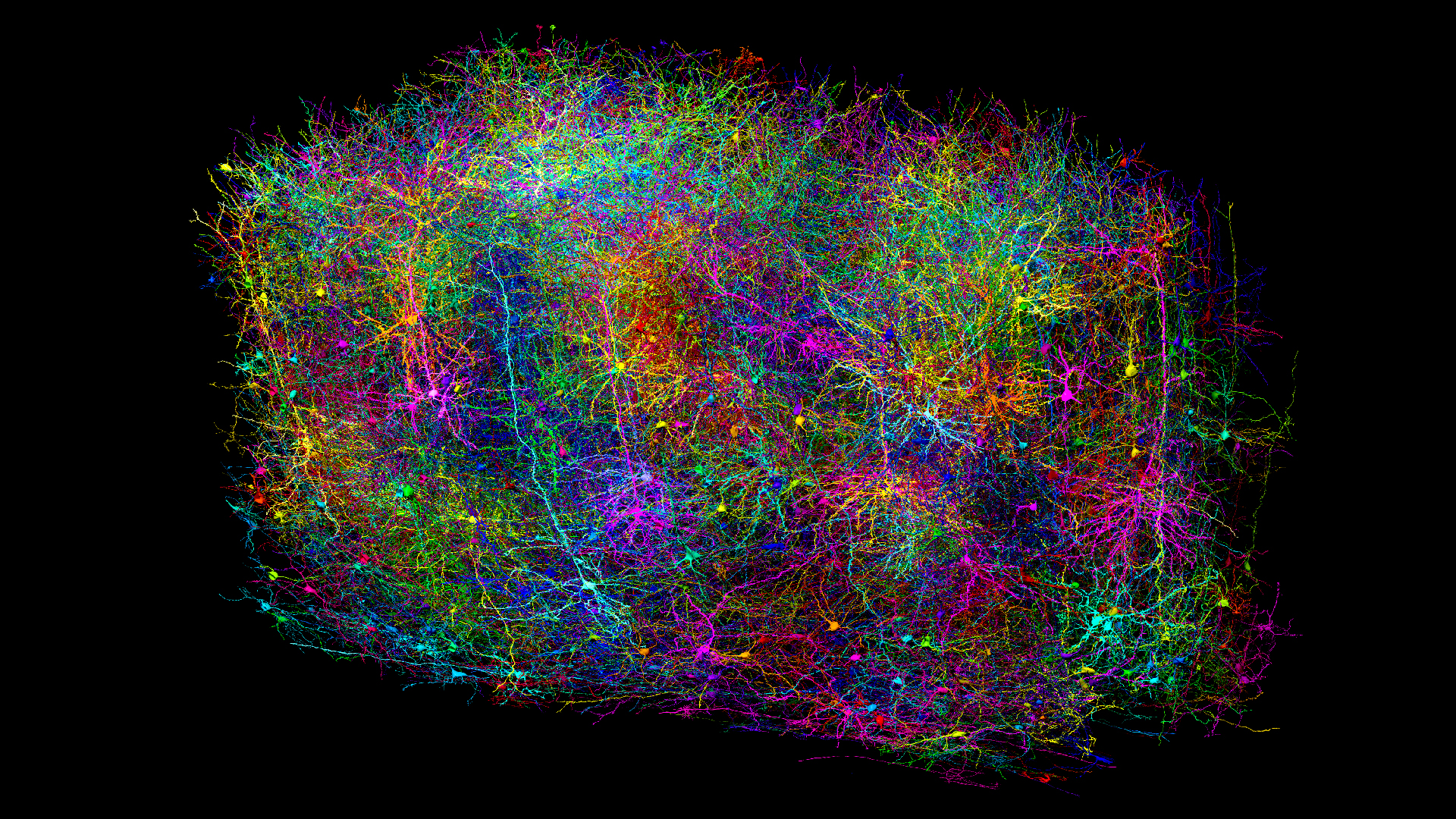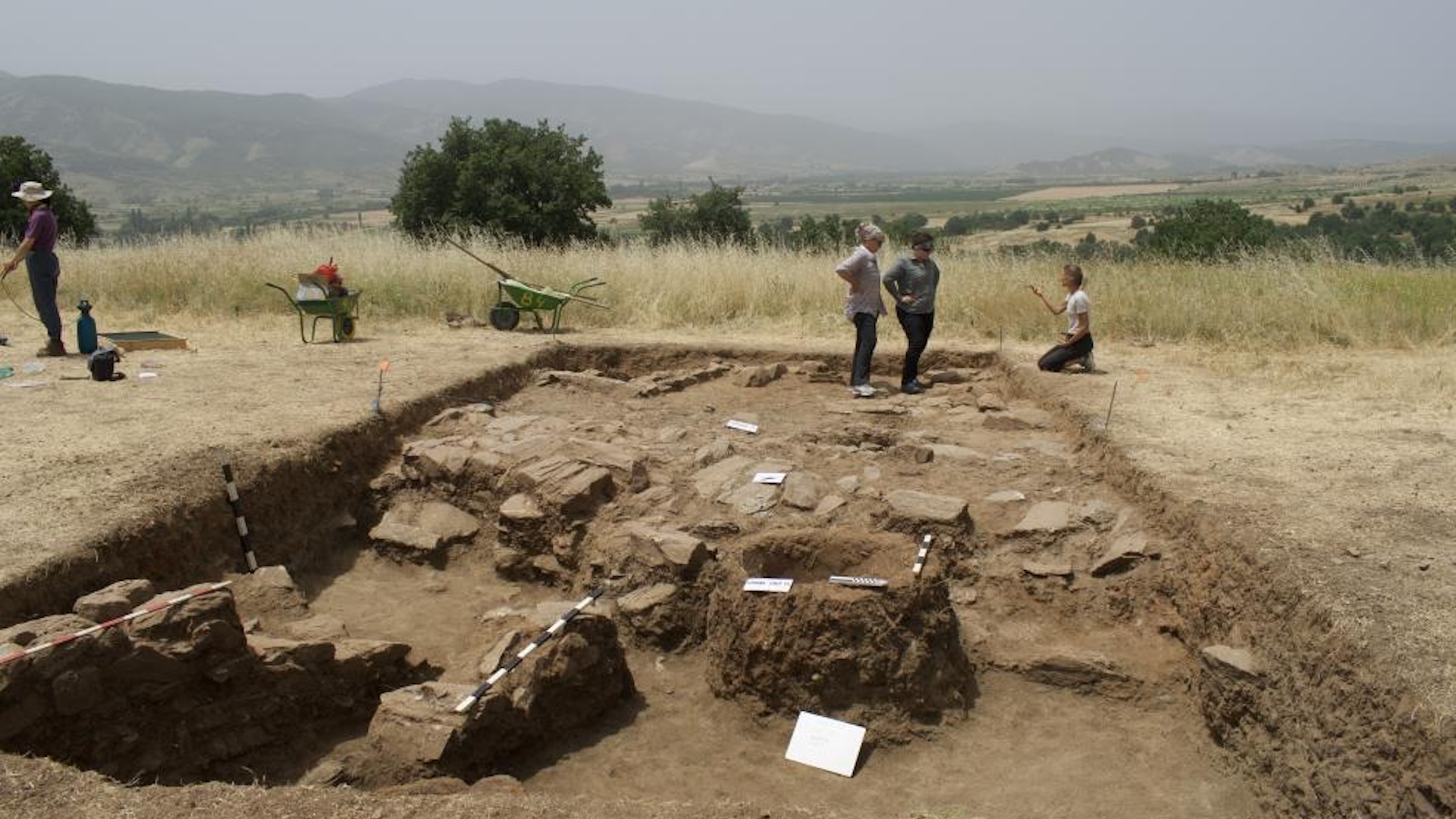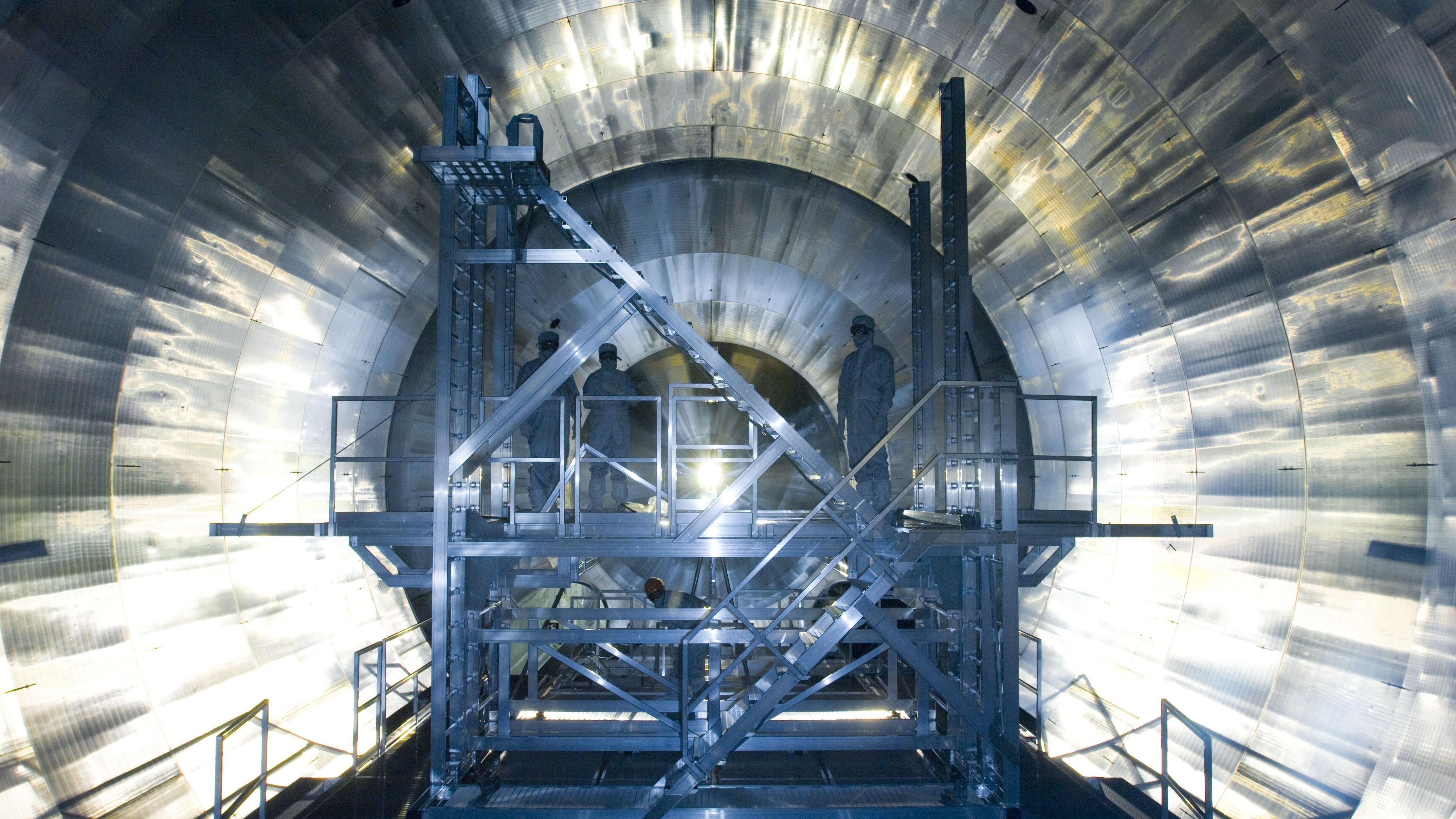Parisian photographer produces phenomenal, perfectly-proportioned 'planetary parade' portrait
A French astrophotographer recently snapped shots of the moon, Venus, Mars, Jupiter, Saturn, Uranus and Neptune in a single evening, and rearranged them to create a striking composite image. Each "planetary parade" member was captured with the same magnification, meaning they are perfectly scaled.
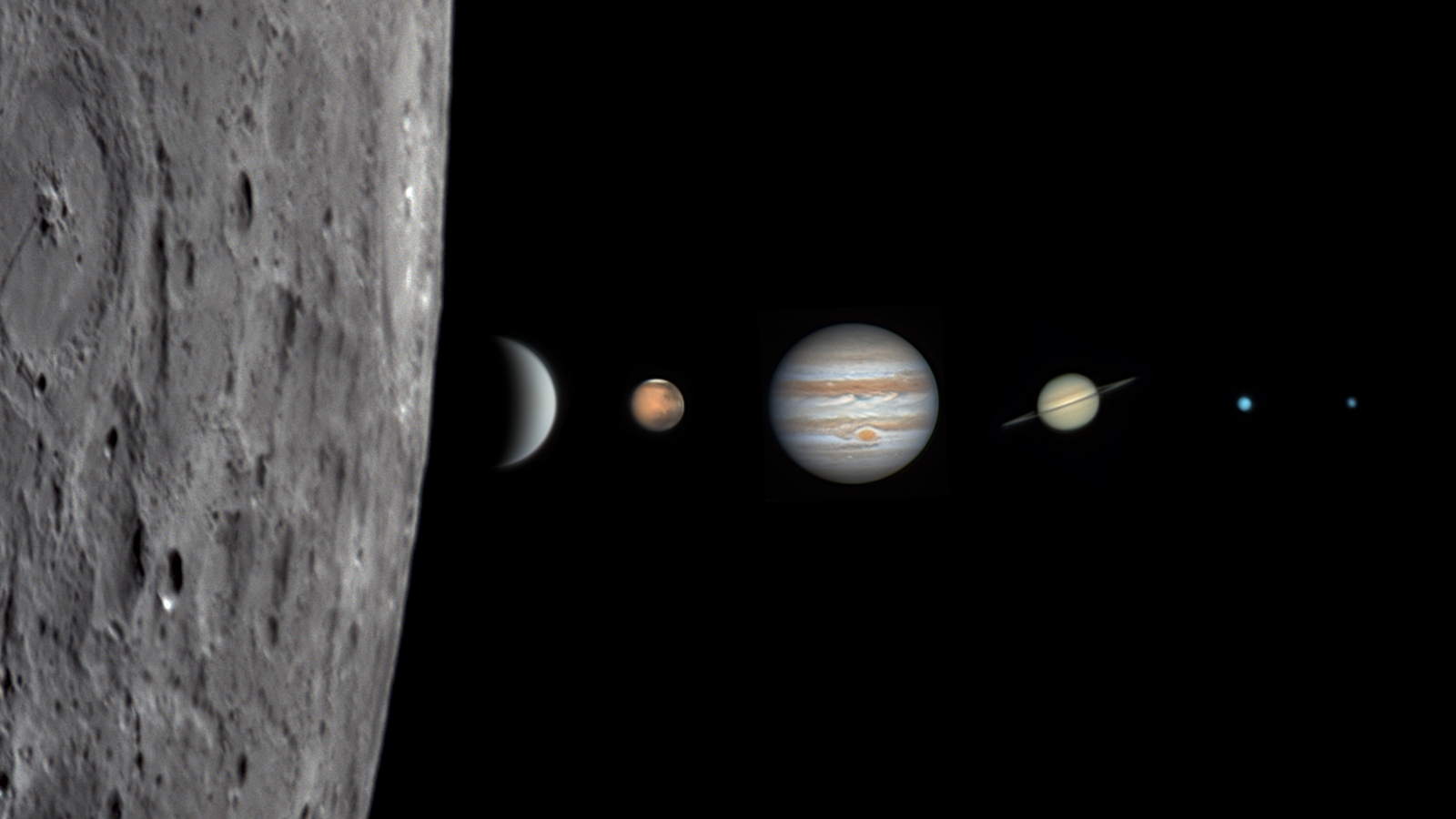
A striking new "planetary parade" photo combines images of six solar system worlds alongside the moon, providing a rare opportunity to compare the sizes of these celestial objects as they currently appear from Earth.
French astrophotographer Gwenaël Blanck created the stunning image by combining individual shots of each of the objects captured Feb. 2 from Paris, where he also took an exceptional photo of Venus and the moon aligning above the Eiffel Tower a day earlier.
The individual images were captured between 6:30 p.m. and 7:50 p.m. local time, using a digital camera attached to a telescope. Blanck then made a composite image of the six worlds in a straight line for the final photo. The objects are arranged from closest to Earth (left) to farthest from our planet (right): the moon, Venus, Mars, Jupiter, Saturn, Uranus and Neptune.
"I had to start quite early, shortly after sunset, to image Venus and Saturn before they were too low on the horizon," Blanck told Live Science in an email. "Neptune was also not far away [from the horizon]," he added. "It was probably the most difficult to capture."
"The Moon, Uranus, Jupiter and Mars were easier to capture, as they were higher in the sky," Blanck said. "The only missing planet was Mercury, which will become visible towards the end of the month and early March."
Related: Have all 8 planets ever aligned?
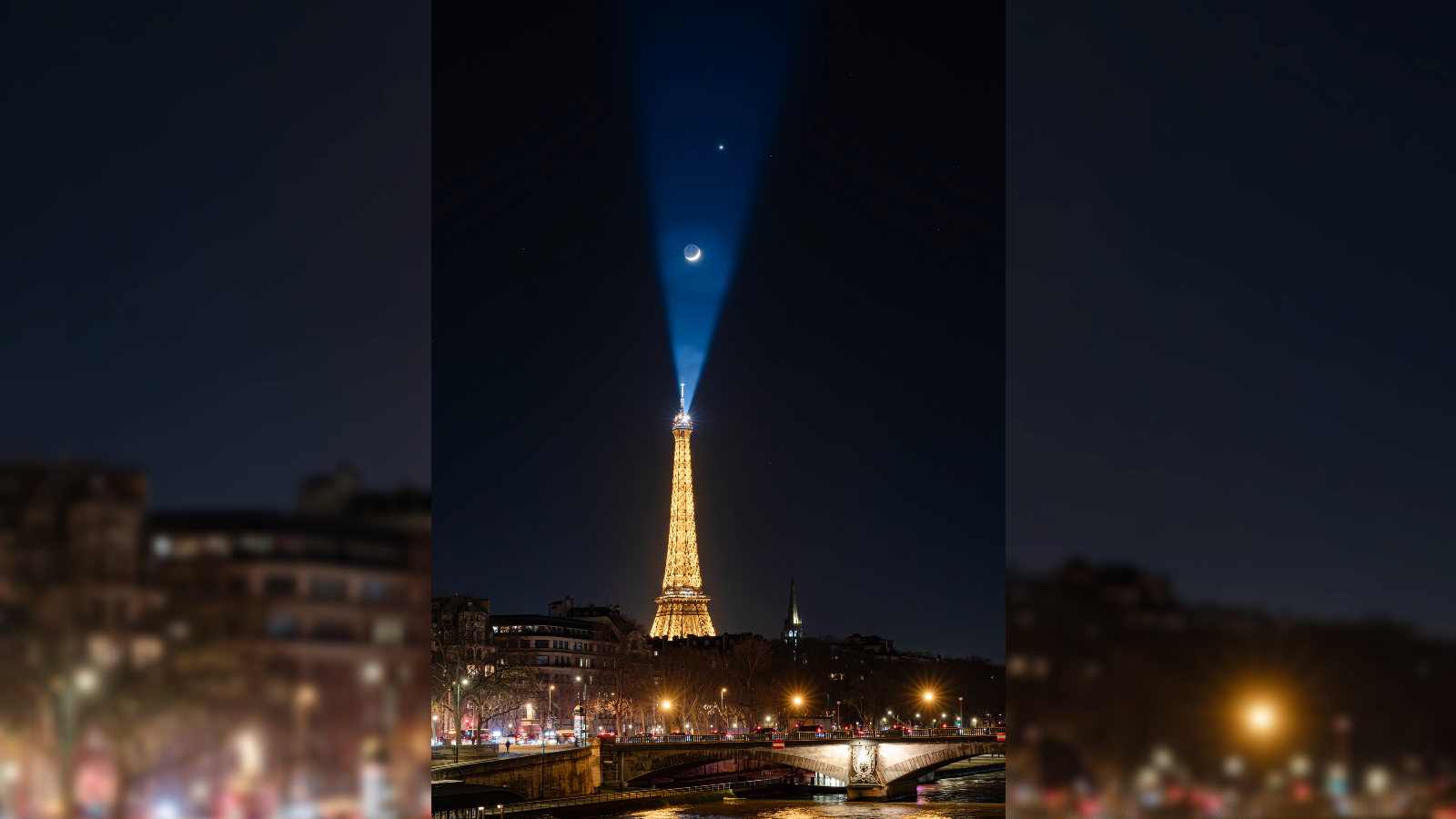
In reality, the objects in the image were scattered across the night sky. However, Blanck used the same magnification settings for each image, meaning the objects' sizes are perfectly scaled. That is why the moon looks so massive compared with Uranus and Neptune and why Venus and Jupiter appear to be around the same size, despite the latter being more than 10 times wider than the former.
Sign up for the Live Science daily newsletter now
Get the world’s most fascinating discoveries delivered straight to your inbox.
"This gives a pretty good idea of the apparent size of each planet," Blanck said.
Planetary parade
We are currently in the midst of one of the most impressive planetary alignment events in recent years. Under the right circumstances, five planets — Mercury, Venus, Mars, Jupiter and Saturn — will be visible to the naked eye over the next few weeks. Uranus and Neptune are also present in the night sky, but you'll need a good telescope to see them alongside their brighter neighbors.
The event has already delivered some special moments, including an earlier alignment of six of the seven planets in late January and an occultation of Mars by the moon on Feb. 9. However, the parade will not peak until late February and early March, when all seven planets will align in a near-straight line along the horizon, according to Live Science's sister site Space.com.
Venus will be the brightest planet in the night sky during this period; it will be closest to the moon in the sky, making it easy to spot on most clear nights. The "love planet" will reach its peak brightness in time for Valentine's Day (Feb. 14).
If you want to see the best of the planetary parade for yourself, we recommend using a decent telescope or a pair of stargazing binoculars.
The next time we will see a similar alignment of the planets will be in October 2028.

Harry is a U.K.-based senior staff writer at Live Science. He studied marine biology at the University of Exeter before training to become a journalist. He covers a wide range of topics including space exploration, planetary science, space weather, climate change, animal behavior and paleontology. His recent work on the solar maximum won "best space submission" at the 2024 Aerospace Media Awards and was shortlisted in the "top scoop" category at the NCTJ Awards for Excellence in 2023. He also writes Live Science's weekly Earth from space series.
You must confirm your public display name before commenting
Please logout and then login again, you will then be prompted to enter your display name.
